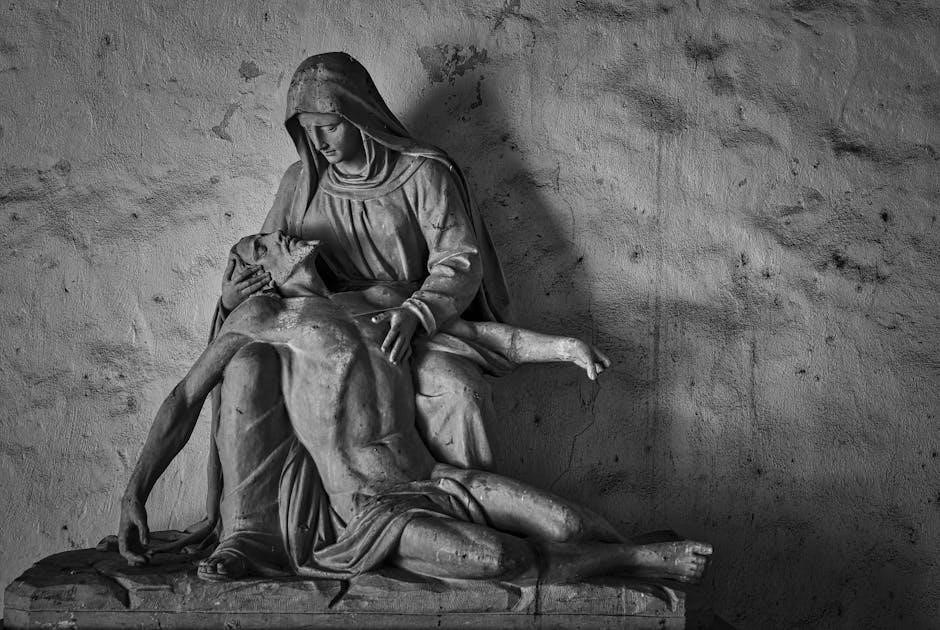Mary Prince: A Historical Overview
Mary Prince, born around 1788 in Bermuda, holds a distinguished place in history. She was the first Black woman to publish an autobiography in Britain. Her narrative shed light on the brutal realities of enslavement in the West Indies.
Early Life and Enslavement in Bermuda
Mary Prince’s life began in the harsh reality of enslavement in Brackish Pond, Bermuda, around 1788. Born to enslaved parents, her father a sawyer and her mother a house-servant, she was the property of Charles Myners. Her early years were marked by the inherent injustice and lack of freedom that defined the lives of enslaved people in the British colony. Shortly after her birth, Mary and her mother were sold to Captain Darrel Williams, signifying the beginning of a series of transfers and separations that would characterize her enslaved existence. When Prince was twelve, she was sent with her siblings to the slave market. This disrupted her family ties and thrust her further into a life of servitude, hardship, and uncertainty. The experience shaped her later resolve to seek freedom and tell her story.

The History of Mary Prince: Publication and Impact
Published in 1831, “The History of Mary Prince” was a groundbreaking autobiography. It exposed the realities of slavery and became a key text in the abolitionist movement, impacting public opinion significantly.
Significance as a Slave Narrative
“The History of Mary Prince, A West Indian Slave” stands as a monumental work within the genre of slave narratives. It distinguishes itself as the first published autobiography of a Black woman in Britain. Prince’s compelling account offers a firsthand perspective on the dehumanizing conditions of enslavement, detailing her experiences in Bermuda, Antigua, and England.
The narrative’s power lies in its raw and unflinching portrayal of the physical, emotional, and sexual abuse endured by enslaved people. It exposed the hypocrisy of British society, which simultaneously condemned slavery while profiting from its existence in the colonies; Furthermore, Prince’s narrative provided a voice for countless others who were silenced by the institution of slavery. Her courageous act of sharing her story challenged prevailing racist ideologies and contributed significantly to the growing anti-slavery sentiment in Britain. The narrative remains a vital resource for understanding the history of slavery and its impact on individuals and communities.
Role in the Abolitionist Movement
Mary Prince’s autobiography, “The History of Mary Prince,” played a pivotal role in galvanizing the abolitionist movement in Britain. Published in 1831, her firsthand account of the horrors of slavery provided a powerful and authentic voice to the anti-slavery cause. The narrative exposed the brutal realities of plantation life, challenging the romanticized or downplayed versions often presented by pro-slavery advocates.
Prince’s personal testimony resonated deeply with the British public, stirring empathy and outrage against the injustices of slavery. Abolitionists strategically utilized her story to raise awareness, educate the public, and garner support for their cause. The book’s popularity and wide circulation fueled public debate, placing increased pressure on the British government to take action against slavery. By humanizing the enslaved and revealing the cruelty of the system, Mary Prince’s narrative became a crucial weapon in the fight for abolition, ultimately contributing to the passage of the Slavery Abolition Act in 1833.

Key Events in Mary Prince’s Life
Mary Prince’s life was marked by profound hardship and resilience. Key events include her multiple sales, separation from family, and experiences of extreme cruelty. These shaped her fight for freedom.
Sale and Separation from Family
One of the most traumatic experiences in Mary Prince’s life was her repeated sale and the agonizing separation from her family. Born into slavery in Bermuda around 1788, she was considered property from birth. Following the death of her initial owner, she, along with her mother and siblings, were sold to Captain Williams.
This marked the beginning of a series of sales that would scatter her family across different islands and households. The pain of being torn away from loved ones, especially her mother, left an indelible mark on Prince. This experience fueled her determination to fight against the injustices of slavery. These events exposed the cruel reality for enslaved families in the West Indies, where human bonds were disregarded for profit.
Experiences of Cruelty and Hardship
Mary Prince endured unimaginable cruelty and hardship throughout her years of enslavement. She experienced physical abuse at the hands of multiple owners, facing regular beatings and harsh punishments. Overworked and underfed, she labored tirelessly in various roles, from domestic service to working in the salt ponds.
The psychological toll of slavery was immense. Mary witnessed the suffering of other enslaved people and constantly feared for her own safety and the well-being of her family. The denial of basic human rights and the constant threat of violence created an atmosphere of fear and oppression. Despite these conditions, she maintained a spirit of resistance. Mary Prince’s narrative exposed the brutality inherent in the system of slavery, challenging the romanticized portrayals often presented.

Life in Antigua and Escape to England
Mary Prince’s life in Antigua brought further hardship under the Wood family. Seeking freedom, she courageously journeyed to England; This pivotal move set the stage for her fight against slavery.
Treatment by the Wood Family in Antigua
In Antigua, Mary Prince endured harsh treatment while enslaved by the Wood family. Her experiences were marked by cruelty and overwork, which were typical for enslaved individuals in the British colonies. The Wood family subjected her to physical and emotional abuse, reflecting the dehumanizing nature of the slave system. She faced constant hardship and exploitation, contributing to her growing desire for freedom.
Mary’s resilience was tested daily as she navigated the oppressive environment. The Wood family’s actions highlighted the brutality of slavery and fueled her determination to escape. Despite the immense challenges, she maintained her spirit and began to envision a life beyond enslavement, ultimately leading her to seek refuge and freedom in England. Her time with the Woods was a crucial chapter in her journey.
Arrival in England and Pursuit of Freedom
In 1828, Mary Prince arrived in England, a land that presented a glimmer of hope for liberation. Although she accompanied the Wood family, she soon realized that true freedom required more than just a change of location. In England, Mary made the courageous decision to leave the Woods, seeking refuge and independence. This marked the beginning of her active pursuit of emancipation.
She found support within abolitionist circles, who recognized the significance of her story. With their assistance, Mary began the arduous process of documenting her life. The goal was to expose the horrors of slavery and advocate for its abolition. Her arrival in England was the catalyst for her transformation from a slave to an outspoken advocate for freedom.

Mary Prince’s Legacy
Mary Prince’s legacy endures as a powerful symbol of resistance against slavery. Her autobiography remains a vital historical document. She inspired generations to fight for equality and justice.
First Black Woman to Publish a Slave Narrative
Mary Prince holds the distinction of being the first Black woman to publish a slave narrative in England. “The History of Mary Prince,” released in 1831, broke barriers and shattered expectations; Prior to its publication, the voices of enslaved women were largely unheard in the literary world. This groundbreaking autobiography provided a firsthand account of the horrors of slavery, as experienced by a woman in Bermuda and Antigua.
Her narrative offered a unique perspective, detailing not only the physical brutality but also the emotional and psychological toll of enslavement. It challenged prevailing stereotypes and humanized the enslaved population. Prince’s courage in sharing her story paved the way for other formerly enslaved people to come forward and share their experiences, contributing significantly to the abolitionist cause and leaving an undeniable mark on literary history.
Bermuda’s National Hero
Mary Prince is celebrated as a national hero in Bermuda, her birthplace. Her powerful narrative, “The History of Mary Prince,” exposed the brutal realities of slavery, significantly impacting attitudes towards enslaved people. Prince’s story serves as a testament to the resilience and strength of the human spirit in the face of unimaginable adversity.
Her courage in sharing her experiences, despite the risks and potential repercussions, has made her a symbol of resistance and freedom for Bermudians. She is a figure of immense pride, reminding the island nation of its history and the importance of fighting for justice and equality. Her legacy continues to inspire generations to stand up against oppression and strive for a better future, securing her place as a revered figure in Bermuda’s history and culture.
The “History of Mary Prince” PDF and its Availability
“The History of Mary Prince,” a groundbreaking slave narrative, is widely accessible in PDF format. This digital availability allows readers worldwide to easily access and engage with Prince’s powerful story. Numerous online platforms and repositories offer free downloads of the PDF, ensuring that her experiences reach a broad audience.
The digitization of the text ensures that the narrative continues to be studied and appreciated by scholars, students, and the general public. The accessibility of the PDF has played a crucial role in sustaining interest in Mary Prince’s life and legacy, promoting ongoing discussions about slavery, abolition, and the importance of human rights. The ease of access ensures its endurance as a vital historical document.

